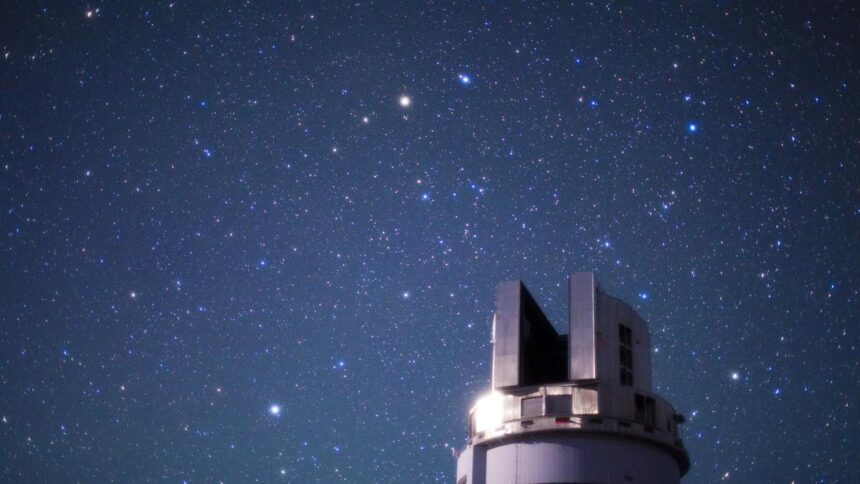Cosmology: Unveiling the Universe’s Secrets
Cosmology is set to be an exciting field in the coming years, thanks to recent research that suggests the key to understanding the universe lies in its clumpiness. Traditionally, scientists believed the universe was uniformly distributed after the Big Bang, but new findings are challenging this view.
The Early Universe
The Big Bang theory suggests the universe was born explosively in the void around 13.8 billion years ago. As it expanded, it formed galaxies, star clusters, solar systems, and planets. However, when scientists examined the cosmic microwave background (CMB), they saw a smooth glow across the sky, indicating the universe was remarkably uniform.
Primordial Fluctuations
How did the universe end up so clumpy today, given its initial uniformity? The clumps we see today, like galaxies and dark matter, arose from different regions of matter. Dark matter, a hypothetical, invisible form of matter that doesn’t interact with light or electromagnetic radiation, is thought to be the driving force behind these clumps.
S8: A Measure of Clumpiness
Cosmologists use the term Sigma 8, or S8, to quantify the matter in the universe. This matter is made up of baryonic particles, such as protons and neutrons, which cluster in different regions of space. The value of S8 is determined by studying various regions of the universe, each defined by an astronomical length scale of approximately 26 million light-years. Within these regions, cosmologists count galaxies and other cosmic structures to assess the distribution of matter.
A higher value for S8 indicates more clustering, while a lower value indicates a more uniform distribution.
The S8 Tension
When cosmologists used different methods to measure S8, they came up with conflicting estimates. This disagreement is known as the S8 tension in astrophysics.
Cosmic-Shear Surveys
Astronomers have conducted galaxy surveys to determine S8. One method involves measuring the distortion in the shape of galaxies, known as cosmic shear. This distortion occurs when starlight passes through a galactic cluster and is bent by gravitational forces, similar to how a magnifying glass works. By studying these distortions, cosmologists can map the diffusion of matter, including dark matter, in the universe.
A recent survey by an international team of researchers from the University of Tokyo used the Hyper Suprime-Cam (HSC) camera on the Subaru Telescope in Hawaii. They found a value of 0.747 for S8, which aligns with previous surveys.
Dark Matter and Dark Energy
The discrepancy in S8 has to do with the dark matter and dark energy that permeate the cosmos. While this reaffirms the CDM model, it does not resolve the S8 tension itself. Studies like this are based on gravitational lensing to determine S8, which does not agree with the higher value predicted by data from the CMB.
The Cosmic Microwave Background
Cosmologists consider the CMB to be a better tool to look back in space and time. They know that the surge of primordial matter in the CMB holds clues to the universe’s origins in the form of ripples generated by the expanding universe. These ripples resulted in lumps and bumps, future star clusters, and galaxies, in the otherwise uniform fabric of space. These telltale galactic signatures were detected in 1992 by NASA’s Cosmic Background Explorer satellite.
Dark Energy and the Future of the Universe
Data from the Dark Energy Spectroscopic Instrument in Arizona suggested that the push of dark energy, represented by the cosmological constant lambda in the CDM model, is weakening. This means the pace of expansion of the universe may eventually slow down and, in extreme cases, turn negative. In such a scenario, the universe might collapse in on itself in a big crunch.
LSST: The Next Generation Survey
The Rubin Legacy Survey of Space and Time (LSST) will begin operating later this year, using its camera, the largest ever built, to peer back in space and time like never before. This unparalleled wide-field astronomical survey will provide answers to questions we can’t even imagine now about the mysteries of the universe.
Prakash Chandra is a science writer.
Reference : https://www.thehindu.com/sci-tech/science/s8-tension-cosmologists-cant-agree-on-how-clumpy-the-universe-is/article69508288.ece








